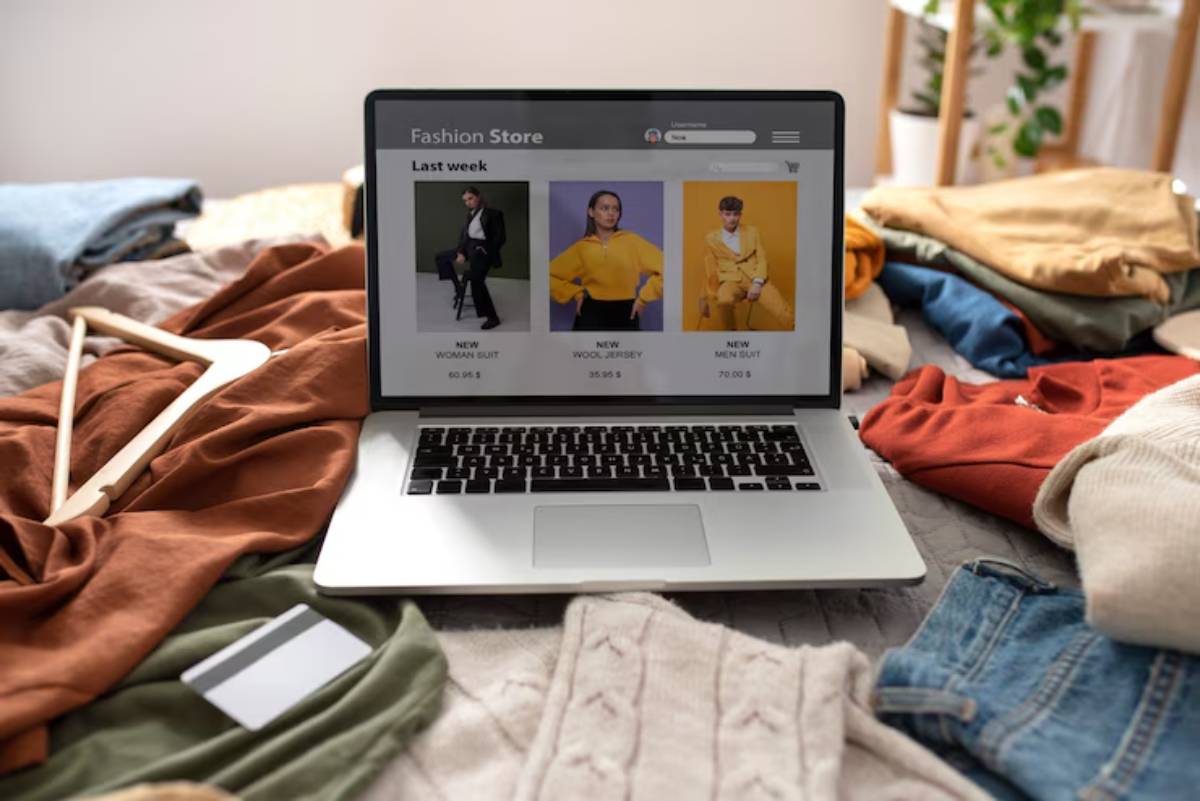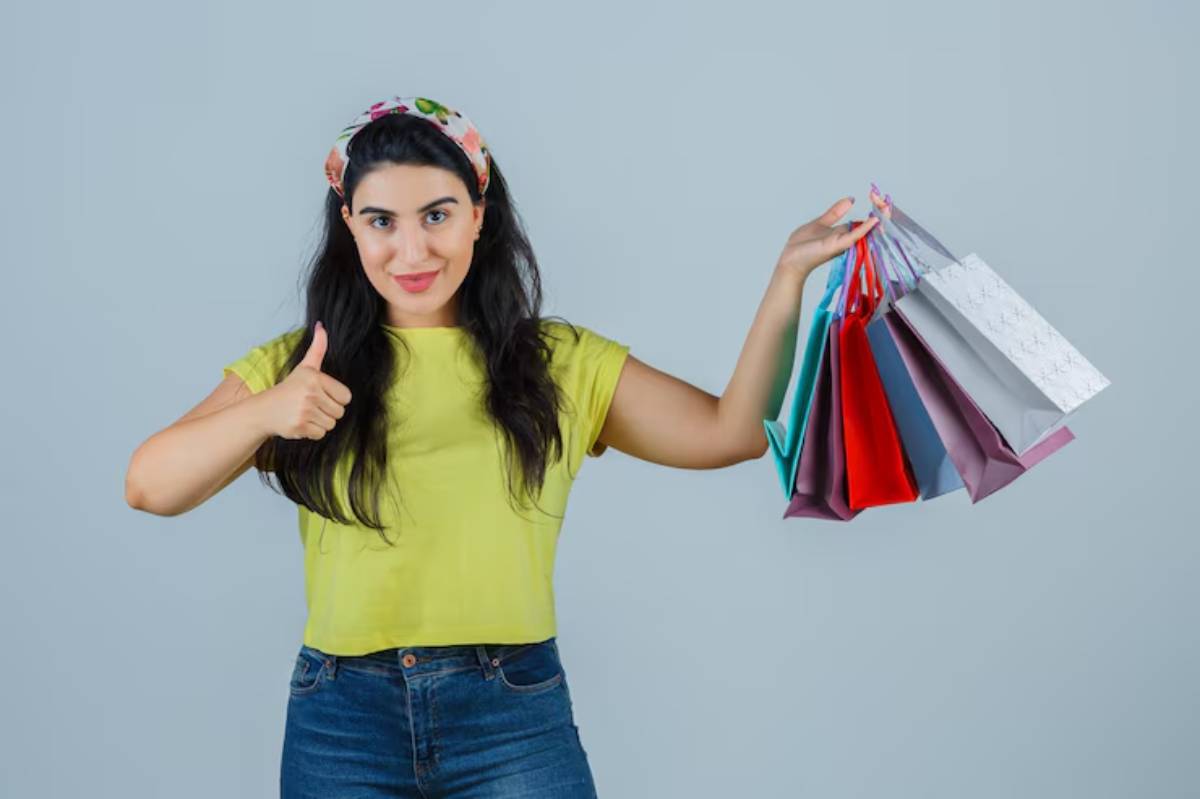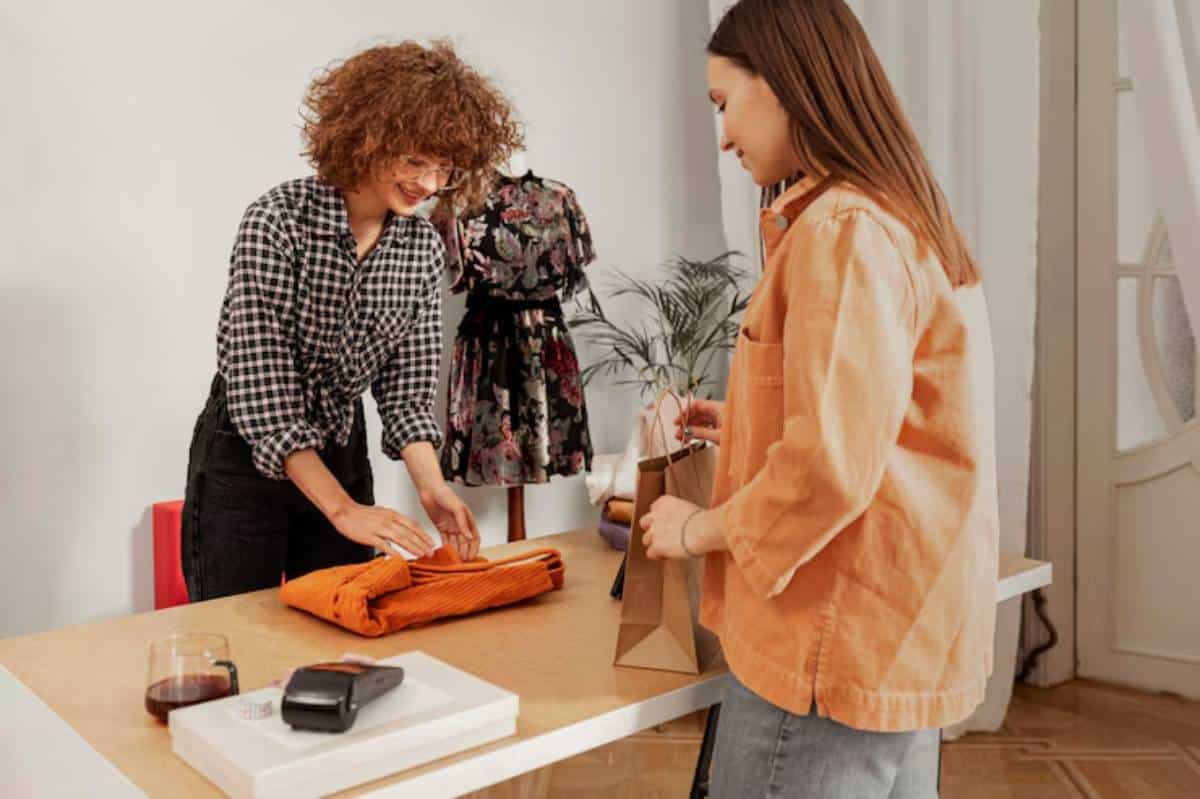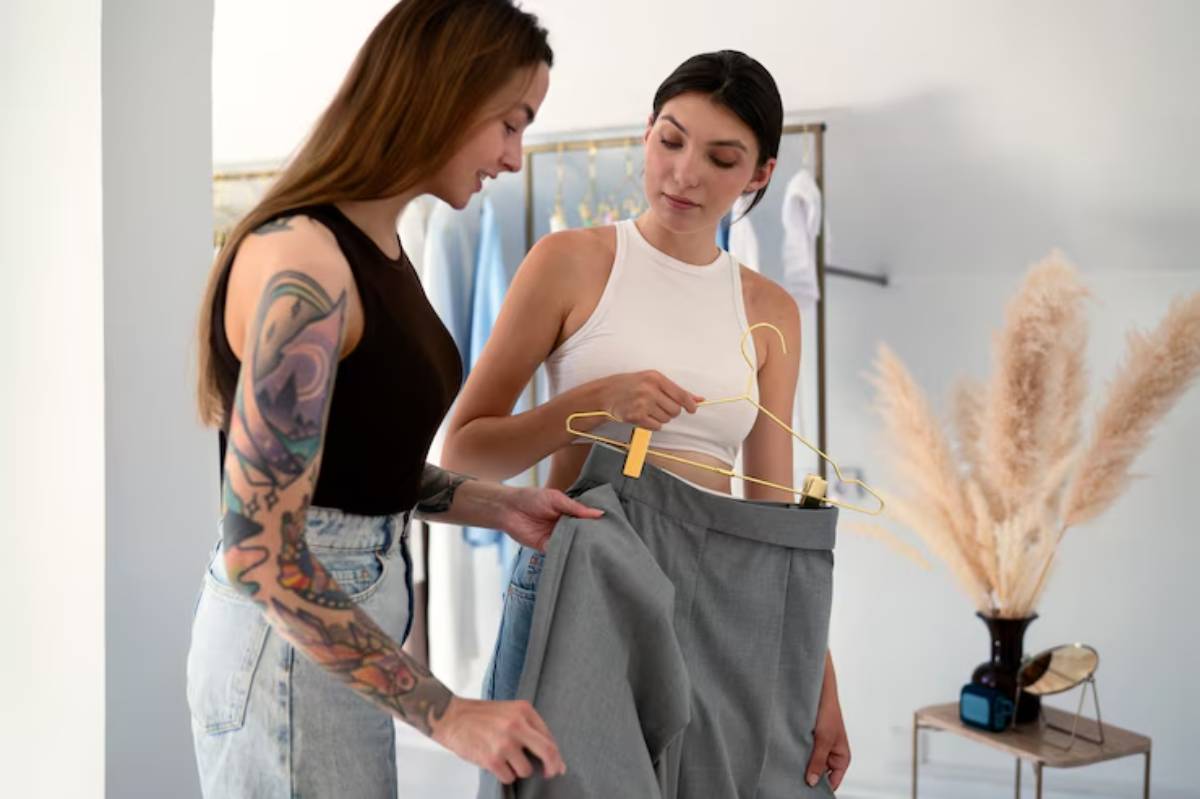
Tips for Shopping Secondhand Online Successfully
We’ve all been there—browsing the high street only to find price tags that make you wince or shelves lined with mass-produced styles that feel far from unique. Now, more than ever, secondhand shopping is having its well-deserved spotlight—and not just in your local charity shop, but online too.
The rise of secondhand fashion apps and digital eco-shopping platforms has transformed the thrifting experience. You can now hunt for vintage denim, limited-edition trainers, or pre-loved designer gems—all from the comfort of your sofa. But like any online venture, shopping secondhand digitally has its quirks and pitfalls.
In this guide, we’ll explore how to make the most of online thrift tips, where to shop, how to avoid common mistakes, and why buying secondhand isn’t just great for your wardrobe—it’s a powerful choice for the planet. Whether you’re new to online thrifting or want to sharpen your game, these insights will help you shop smarter, sustainably, and with serious style.
Why Shop Secondhand Online?

A Greener Choice
Secondhand shopping reduces textile waste, cuts down on the demand for new resources, and extends the lifecycle of garments that might otherwise end up in landfills. It’s a simple yet powerful way to reduce your fashion footprint.
Budget-Friendly Finds
From high-street staples to designer steals, online resale platforms offer variety at a fraction of the original price, without compromising on style or quality.
More Selection, Less Hassle
No more sifting through chaotic racks or making last-minute trips across town. Secondhand fashion apps allow you to filter by size, brand, colour, or material—all with a few taps.
The Best Secondhand Fashion Apps and Platforms

Ready to browse with purpose? These apps and websites make digital e-shopping easy and enjoyable.
1. Depop
A Gen Z favourite, Depop blends resale with social media vibes. Users list their own items, complete with photos, hashtags, and style edits.
Why it works:
- Trend-led with plenty of vintage, streetwear, and upcycled pieces
- Great for unique, quirky finds
- Sellers often offer bundles and discounts
Watch out for:
- Varying quality and vague descriptions—always ask questions
2. Vinted
Vinted has become one of the UK’s most popular resale apps for day-to-day staples and wardrobe clear-outs.
Why it works:
- No selling fees
- Easy to filter by condition, brand, or category
- Buyer Protection for peace of mind
Top tip:
Use the “favourite” feature to track price drops and revisit later.
3. eBay
The OG of online secondhand shopping. From vintage jeans to luxury handbags, eBay is an absolute goldmine if you know how to search.
Why it works:
- Global reach with endless choice
- Auction and “Buy It Now” options
- Trusted buyer protection system
Expert trick:
Set alerts for saved searches to get notified when your dream item is listed.
4. Vestiaire Collective
For those looking for authenticated designer fashion, Vestiaire Collective is the go-to. Items are vetted for quality and legitimacy.
Why it works:
- B Corp certified with a strong ethical stance
- Authentication service included for luxury items
- Optional cleaning and repair before shipping
Best for:
Sustainable fashionistas seeking pre-loved high-end labels.
5. Thrift+ (UK)
Part shop, part donation platform, Thrift+ offers curated secondhand fashion from both high-street and designer brands.
Why it works:
- Every purchase supports charities
- Professionally photographed listings
- Clear filters and sizing options
Why we love it:
It blends style with social impact, and it’s easy to navigate.
Online Thrift Tips: Shopping Secondhand Like a Pro

Whether you’re after basics or one-of-a-kind treasures, these tips will help you become a savvy secondhand shopper.
1. Know Your Measurements
Size labels vary widely, especially across decades and brands. Use a tape measure and write down your chest, waist, hip, and inseam measurements. Many sellers include garment dimensions—compare these to clothes you already own.
2. Use Search Filters and Keywords Wisely
- Be specific: Instead of “jeans,” try “Levi’s 501 size 28 mid-wash.”
- Use filters for fabric types, like “organic cotton” or “linen”
- Save your search terms to get alerts when new items are listed
3. Check the Seller’s Reviews and Descriptions
Reviews matter. Before buying, scan a seller’s profile to check their ratings and buyer feedback.
Always read descriptions thoroughly and don’t hesitate to ask:
- Is there any damage not shown in the photo?
- Are the items smoke- or pet-free?
- Can they confirm the fabric’s feel or stretch?
Good sellers will respond with detail and honesty.
4. Examine Photos Closely
Look for images taken in natural light with close-ups of seams, fabric texture, and flaws. Avoid listings with poor lighting, blurry shots, or heavily edited images—they may be hiding something.
5. Be Ready to Act Fast (but Thoughtfully)
Great finds get snapped up quickly. If you’re confident about an item’s fit and condition, don’t wait too long. That said, avoid impulse buys.
Ask yourself:
- Will I wear this at least 20–30 times?
- Does it fill a genuine gap in my wardrobe?
- Can I style it multiple ways?
6. Think Seasonally and Strategically
Off-season shopping (like buying a winter coat in May) often means better prices and less competition. It’s also smart to stock up on staples—denim, T-shirts, knits—whenever you find a great match.
Sustainable Habits for Online Thrifting
Bundle Purchases from One Seller
Many platforms allow you to shop multiple items from one seller. This reduces postage emissions and saves on packaging materials.
Choose Local When Possible
Some platforms, like eBay or Depop, let you filter by location. Buying within your country (or region) reduces carbon emissions and may lead to faster delivery.
Prioritise Natural Materials
When browsing, look out for cotton, wool, linen, and silk over polyester or acrylic. Natural fibres wear better over time and are more eco-friendly overall.
Need help identifying sustainable fabrics? Our guide to how to spot greenwashing in fashion brands offers practical advice on fibre transparency and ethical labelling.
Keep Returns in Mind
Secondhand platforms usually offer limited or no returns unless an item is damaged or grossly misrepresented. Always double-check details to avoid disappointment.
Platforms to Sell Your Own Clothes
Secondhand shopping is only half the story. Selling your own clothes closes the loop and gives garments a second life.
Best apps to sell on:
- Vinted (No seller fees)
- Depop (Popular with younger buyers)
- eBay (Widest reach)
- Thrift+ (They handle listing and donate part of the proceeds)
Selling encourages wardrobe reflection and gives you credit to shop more mindfully in future.
Why Secondhand Is a Digital Eco Shopping Win
Buying secondhand is not just trendy—it’s a conscious act of rebellion against overproduction and waste.
Here’s why it matters:
- Fast fashion produces over 100 billion garments per year. Most end up in a landfill within 12 months.
- Secondhand keeps clothes in use longer, lowering demand for new production and conserving resources.
- It’s circular, accessible, and democratic—open to anyone with Wi-Fi and an eye for style.
From affordability to environmental impact, shopping secondhand online lets you align your wardrobe with your values, without compromising on aesthetics.
If you’re also exploring where to shop beyond resale apps, don’t miss our curated list of eco-friendly fashion marketplaces online that make sustainable shopping easier and more accessible.
Conclusion: Tips for Shopping Secondhand Online Successfully
In a world of overnight shipping and micro-trends, secondhand fashion apps and digital eco shopping platforms offer something radically refreshing: a slower, smarter, more soulful way to dress.
You get to explore unique styles, save money, and make meaningful choices—all while reducing your environmental footprint. With a little patience, the right tools, and the tips we’ve covered, your next favourite outfit could be just a few clicks away.
So next time you reach for your phone to scroll or shop, swap fast fashion for thoughtful finds. Secondhand isn’t just second-best—it might just be your best buy yet.


